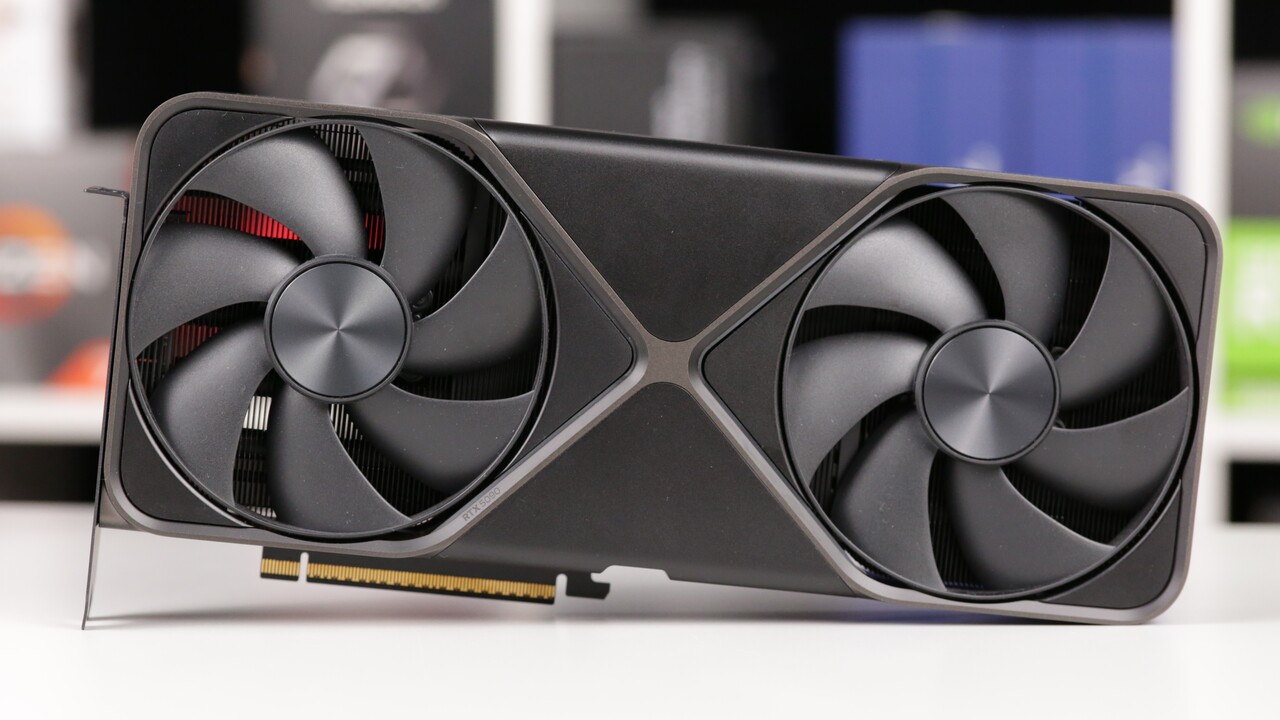As expected, mfg is rubbish. This comes as no surprise since fg 2x was rubbish. I really appreciate Tim going into details and showing more examples. It’s also nice to put to rest all the flawed latency arguments that had been going on. Using frame gen provides an inferior game feel always and even Nvidia’s numbers validate that….
Last cycle with the 4000 series, people were overhyping frame gen. Then when I finally got a 4000 series GPU, I could see all these artifacts. It made a lot of reviews come across as Nvidia “paid” advertising. MFG has not only failed to improve the frame gen image experience as it relates to image quality, it magnifies the problems that already exist.
All of this is due to Nvidia failing to meet their performance goals for the new generation. This frame gen noise is just like when monitor manufacturers started listing “dynamic contrast”. Just misleading marketing designed to fool consumers into purchasing products based on false claims. Very few reviewers are talking about that instead acting as an extension of Nvidia’s marketing arm. Lots of excuses are rendered to justify the failure to meet performance targets instead of calling a spade a spade. Almost 0 ipc improvement and very few people are talking about that either….
Frame gen would be fine if it was discussed as a value add. The way people are talking about it now just invites negative discussion about the technology.
A real discussion needs to be had about the quid pro quo that goes on nowadays with reviews. The idea that receiving a free 5090, 5080, 5070, etc to review won’t influence the nature of the review is detached from reality. If I got a free 5090, I’d be singing the praises of Nvidia at every turn. It’s hard to take the opinions of those seriously who do not pay for their products. It’s especially very annoying when you spend your hard earned money on the product only to see a huge deviation in experience from the “reviewers”.
Other than hub who has been temporarily blacklisted and gamers nexus, there aren’t many reviewers who talk honestly about the products. There are way too many influencers masquerading as reviewers nowadays for example Optimum Tech…..
Last cycle with the 4000 series, people were overhyping frame gen. Then when I finally got a 4000 series GPU, I could see all these artifacts. It made a lot of reviews come across as Nvidia “paid” advertising. MFG has not only failed to improve the frame gen image experience as it relates to image quality, it magnifies the problems that already exist.
All of this is due to Nvidia failing to meet their performance goals for the new generation. This frame gen noise is just like when monitor manufacturers started listing “dynamic contrast”. Just misleading marketing designed to fool consumers into purchasing products based on false claims. Very few reviewers are talking about that instead acting as an extension of Nvidia’s marketing arm. Lots of excuses are rendered to justify the failure to meet performance targets instead of calling a spade a spade. Almost 0 ipc improvement and very few people are talking about that either….
Frame gen would be fine if it was discussed as a value add. The way people are talking about it now just invites negative discussion about the technology.
A real discussion needs to be had about the quid pro quo that goes on nowadays with reviews. The idea that receiving a free 5090, 5080, 5070, etc to review won’t influence the nature of the review is detached from reality. If I got a free 5090, I’d be singing the praises of Nvidia at every turn. It’s hard to take the opinions of those seriously who do not pay for their products. It’s especially very annoying when you spend your hard earned money on the product only to see a huge deviation in experience from the “reviewers”.
Other than hub who has been temporarily blacklisted and gamers nexus, there aren’t many reviewers who talk honestly about the products. There are way too many influencers masquerading as reviewers nowadays for example Optimum Tech…..



